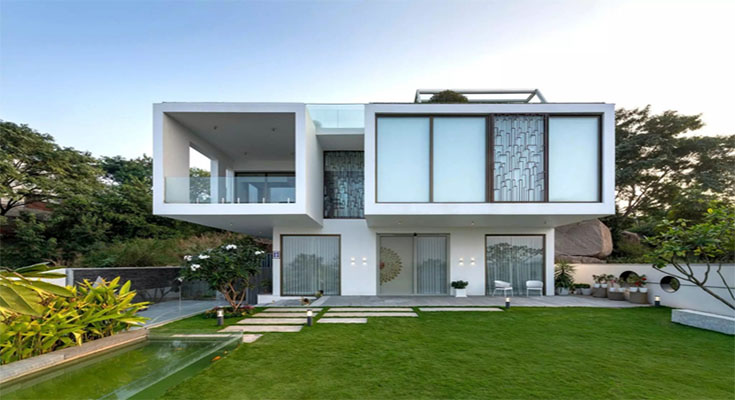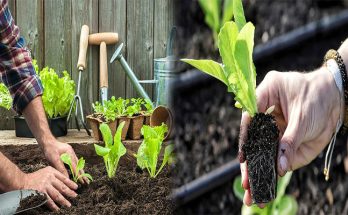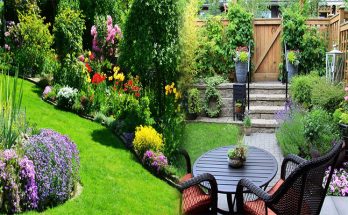Green design is a building approach that reduces the harmful effects on human health and the environment. Creating models that safeguard the environment is the goal of this approach. Establishing sustainability right from initial consultations and site surveys of the material used is necessary. The inclusion of environmentally friendly options is beneficial to the planet, and such details must be integrated into the design. Highlighted below is an approach to achieve this method.
Principles Of Green Architecture
Sustainable futuristic architecture design methods have enabled the development of models with minimal negative impacts on the surroundings. This is key as the world is migrating towards sustainable materials and construction methods that conserve biodiversity. This reality has helped contractors develop a list of guiding principles, as highlighted below.
Energy Efficiency
Designs with minimal energy consumption are developed using sustainable energy sources such as solar and wind. The costs of heating, ventilation and air conditioning are reduced as the approach allows for natural lighting and airflow patterns to create a conducive environment. This reduces electric power usage and saves costs in the long term.
Low Maintenance Costs
The green architecture approach focuses on methods that aid in cutting the additional costs by applying cost-effective methods. The collaboration of engineers, site contractors, and architects helps to specify materials effective for use, including renewable plant products and the usage of non-toxic products. This enables the development of high-performance designs, which reduces maintenance costs.
Protect And Conserve Water
Due to an increase in the scarcity of water sources, necessitate practices to deal with the crisis properly. Utilize the building and construction techniques that encourage water recycling when possible. Methods to protect water quality and those that reduce wastage are highly recommended. This principle enables the harvesting, use, purification, and reuse of water during the construction period.
Optimize Site Potential
Apply an integrated design approach either during the design of a new building or when retrofitting the existing one. The use of sustainable methods ensures the success of a given project. Perform proper site selection and apply landscaping methods to protect diversity. Incorporate native flora and fauna such as earth shelters, roof gardens, and extensive landscaping in the building compound.
Enhance Indoor Environmental Quality(IEQ)
Incorporating IEQ attributes into a building is essential and directly impacts the occupants’ comfort, productivity, and health. Consider those designs that maximize daylighting, optimize acoustic performance, have the appropriate moisture and ventilation control. A structure based on green principles facilitates a comfortable interior that emphasizes natural ventilation, temperature control, and the use of non-toxic compounds and gases. This approach enables the assurance of a quality indoor environment.
Materials Used In Green Architecture
The various materials’ attributes include good thermal performance, water efficiency, resource management, and low construction costs. Such products should have minimal long-term effects on the environment. Listed below are various types of materials used during the construction process.
Reusable And Recyclable Materials
Materials previously used and are still in good condition are recommended. The resource efficiency of such products is key to achieving sustainability. Use recycled stone, steel, and cardboard as they are effective due to minimal chemicals.
Durable Materials
Select materials carefully during the construction process to eliminate the need for routine maintenance activities. Such materials are beneficial as they are more environmentally friendly and have high recyclable value.
Water And Energy Conserving Materials
Such materials are essential as the overall water requirements for construction are significantly reduced. Use those products that enhance water quality in areas surrounding and within the building. The use of energy-conserving materials helps cut down energy costs and improves efficiency.
The use of sustainable architecture strategies is gaining popularity. The use of a green architecture design approach is essential. Apply design methods that help scale down the costs and the time and apply the above-highlighted tips to achieve that.





